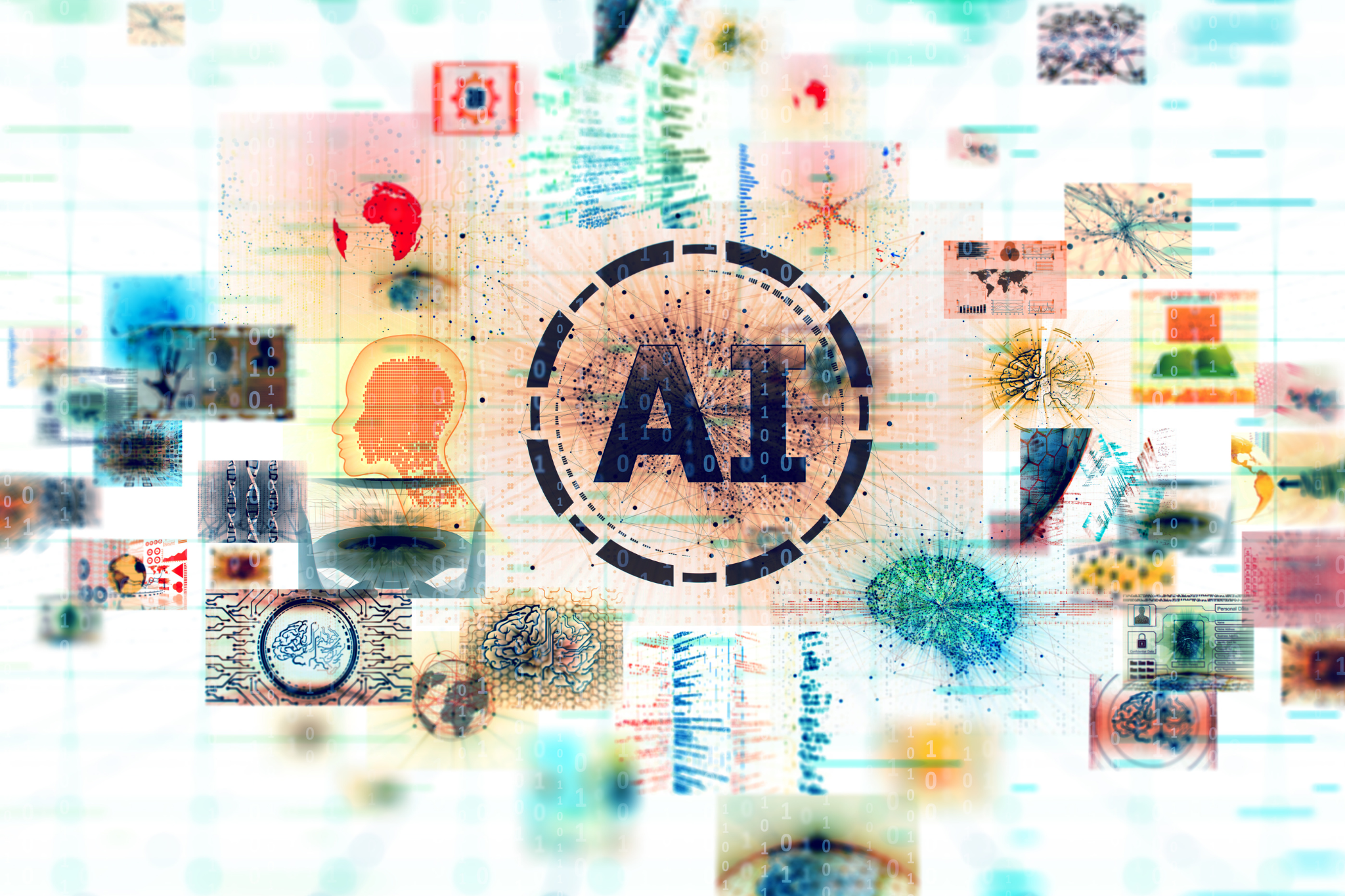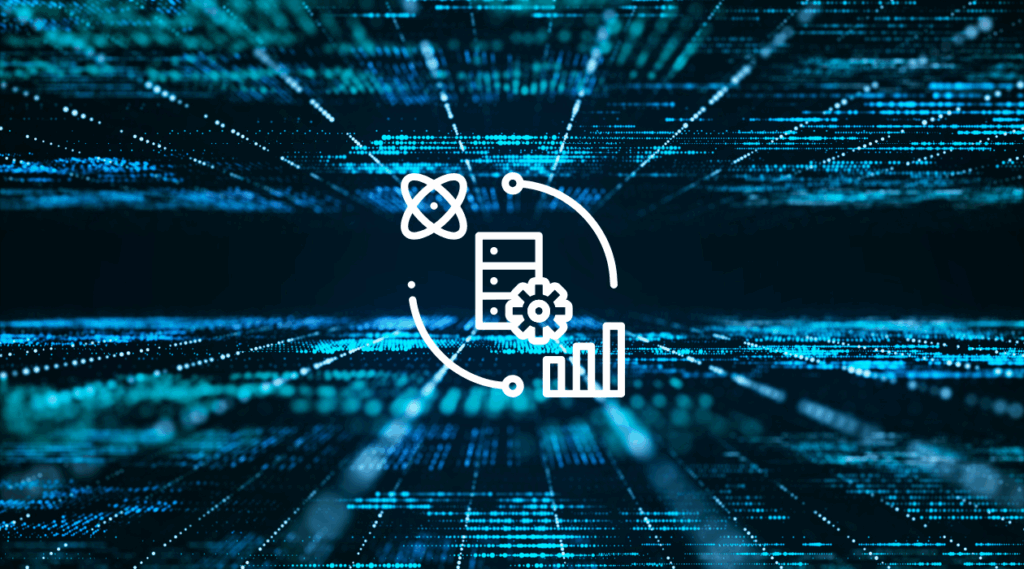How AI Is Transforming QA Testing in 2025

Software quality has never mattered more. In a digital world where every second of downtime costs money, QA testing plays a vital role in keeping products stable, secure, and user-friendly. Yet, despite its importance, traditional testing methods often struggle to keep pace with the speed of modern development.
That’s where AI in software testing comes in. Artificial Intelligence is revolutionizing how quality assurance (QA) teams work, from test case generation and defect detection to predictive analytics and continuous testing.
As we move into 2025, AI isn’t just an enhancement to QA; it’s becoming the engine that drives faster, smarter, and more reliable software delivery.
The Challenges of Traditional QA
Manual testing has long been the backbone of software quality assurance. But as applications become more complex, this approach introduces several bottlenecks:
- Slow test cycles: Creating and executing test cases manually takes significant time.
- High error rates: Even the best QA engineers can miss defects when testing large, dynamic systems.
- Scalability issues: As codebases grow, maintaining coverage across every scenario becomes nearly impossible without automation.
- Delayed releases: Manual regression tests often slow down deployment pipelines.
The result? Teams either sacrifice testing depth to meet deadlines or delay releases to maintain quality — a lose-lose situation for both business and users.
How AI Powers QA Testing
Artificial Intelligence is transforming quality assurance by automating the most repetitive, time-consuming tasks and enabling teams to focus on what matters most: strategy, user experience, and innovation.
1. Automated Test Case Generation
AI algorithms analyze requirements, code changes, and user stories to automatically generate relevant test cases. This reduces manual effort and ensures broader coverage — especially in complex systems with frequent updates.
2. Faster Execution and Defect Detection
Machine learning models can identify patterns in historical defect data and predict where bugs are most likely to occur. This allows teams to test smarter, not harder, and prioritize high-risk areas for faster issue resolution.
3. Predictive Analytics for Test Coverage
AI tools evaluate which areas of code are under-tested and forecast the impact of changes, helping QA teams optimize resources. With predictive analytics, you can balance speed and quality more effectively across your entire testing lifecycle.
Key Benefits of AI in QA Testing
AI-driven QA isn’t just about automation — it’s about enhancing the entire software testing process.
- Speed: Automated test generation and execution drastically reduce testing cycles.
- Accuracy: Machine learning models minimize human error by identifying subtle defects earlier.
- Scalability: AI can handle thousands of test cases simultaneously, ensuring consistent coverage.
- Cost Efficiency: Less manual work and faster cycles lower testing costs while improving ROI.
- Continuous Testing: Integrating AI with CI/CD pipelines enables real-time testing throughout development.
In short, AI QA testing helps teams release software faster, with greater confidence and fewer post-launch issues.
Where AI Can’t Replace Humans
While AI brings automation and intelligence to QA, it can’t replace human insight entirely.
- Exploratory testing: Humans still excel at creative, intuitive testing that identifies unexpected user behaviors.
- Usability and UX evaluation: AI can’t judge whether a design feels intuitive or enjoyable to use.
- Contextual judgment: Human testers can adapt to evolving requirements and understand real-world user intent.
The best QA strategies combine the efficiency of AI with the empathy and reasoning of human testers — a hybrid approach that delivers both speed and quality.
Real-World Use Cases
Organizations across industries are already reaping the benefits of AI in quality assurance:
- Finance & Banking: Automating regression testing for digital banking platforms to prevent transaction errors.
- Healthcare: Using AI to validate complex workflows in medical data systems and ensure compliance.
- E-commerce: Testing recommendation engines and checkout flows to improve user experience.
- SaaS & Tech: Continuous integration testing for faster, more reliable product releases.
These examples show that AI-driven QA testing isn’t futuristic, it’s happening right now.
The Future of AI in QA
As AI tools mature, we’ll see QA evolve from a reactive function into a predictive quality ecosystem. In the next few years, expect:
- Self-healing test scripts that automatically update when code changes.
- AI-driven bug classification that prioritizes fixes based on business impact.
- Generative AI writing optimized test scripts directly from natural-language requirements.
- Deeper integration between QA, DevOps, and AI-driven observability tools.
The future of QA isn’t about replacing testers — it’s about empowering them with AI to build better software, faster.
Conclusion
AI is transforming QA testing from a time-consuming task into a strategic advantage. It helps teams move faster, catch more issues, and deliver software that users can truly rely on.
If you’re ready to modernize your QA process, Softensity’s AI-driven testing services can help you implement intelligent automation tailored to your technology stack and goals.
Ready to see how AI can transform your QA process?
Talk to an expert to learn how our AI-powered testing solutions can accelerate your delivery, improve quality, and reduce costs.











